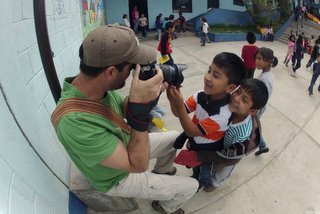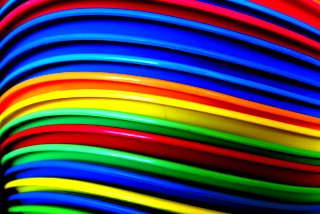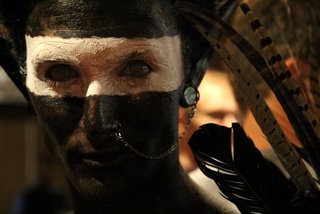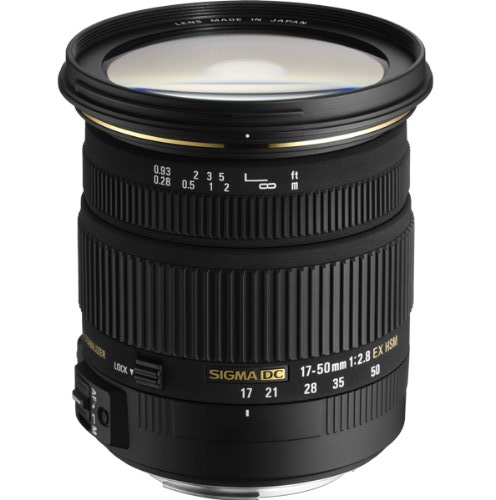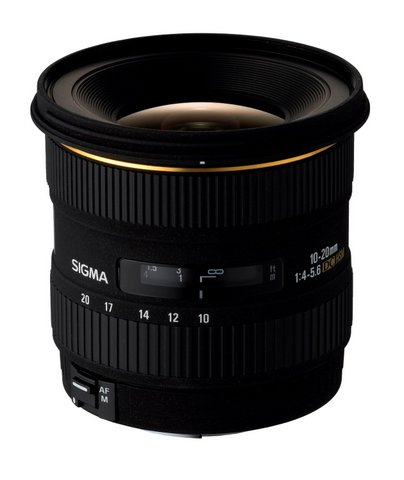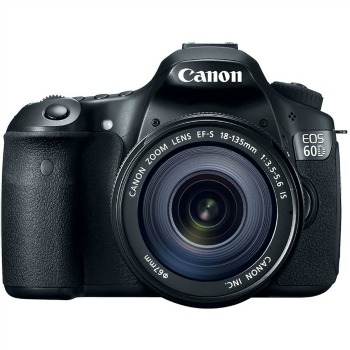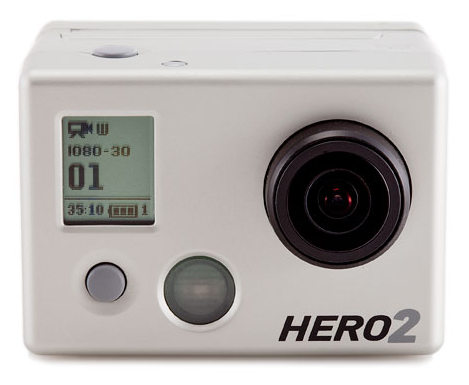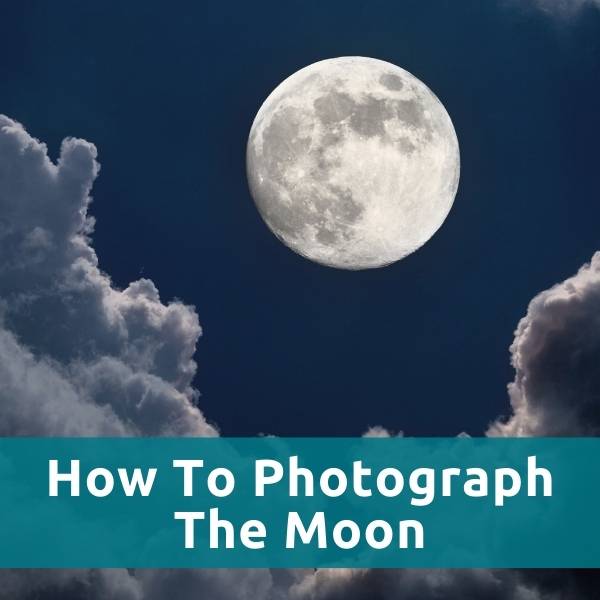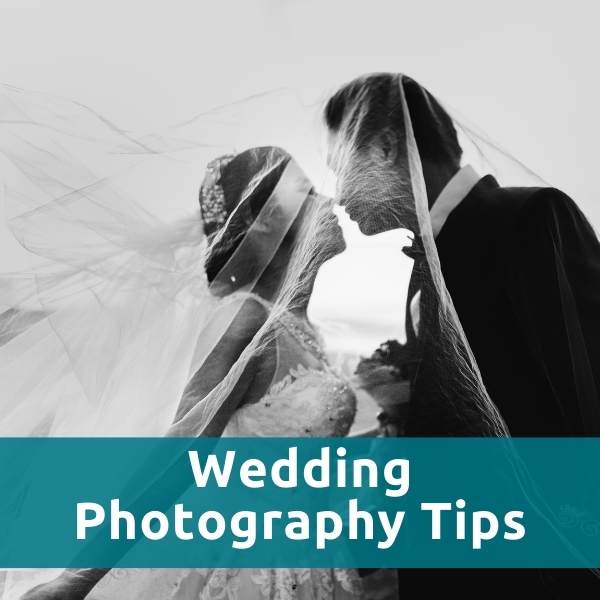Digital Photography Terms |
Metering
Digital Photography Terms: Metering -- Are you trying to get a better grasp on your
gear?
Have you already figured out how to use the “Three Photo Amigos” (ISO, Aperture and Shutter Speed)? Ready to take a deeper dive into your camera’s capabilities?
You, my friend, are ready for Metering!
To meter is to measure light. By measuring light you (and your camera) are setting the best exposure for the picture. Metering is a semi-automatic feature that gives the photographer more control over how ISO, Aperture and Shutter Speed are used. Every exposure is determined by the combined settings of ISO, Aperture and Shutter Speed.
Semi-automatic sounds cool enough but what does that mean? What can I control and what will the camera do for me? There are three different metering methods most cameras use to expose for a shot. The metering method chosen will determine which parts of the frame the camera will use to make an exposure determination. In short, you tell the camera what part of the frame to meter and the camera will choose the best exposure.
All of this metering and exposing is being done to determine how light is presented to your camera’s sensor.
How cameras respond based on the different metering options are closely guarded secrets for camera manufacturers. In the same way Coca Cola and Kentucky Fried Chicken guard their secret recipes, Canon, Nikon, Fuji, Sony and all camera manufacturers covet their secret exposure recipes.
Evaluative Metering
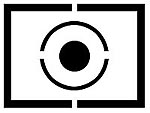
This is the most complicated method for determining exposure and as a result it provides the best chance for an even exposure across the entire frame.
Evaluative, or as it is sometimes referred to as Matrix metering, takes an exposure reading (meter) from a variety of focal spots within the frame of the picture and, with the camera’s unique secret pixel sauce, manipulates camera settings to best expose for the picture.
Because this method is the most effective means to evenly and democratically expose for the picture, it is a common default exposure setting in most digital cameras.
Partial Metering

Partial metering uses only about 10-15% of the image within the frame to determine exposure settings.
Partial metering can be best implemented when you have very bright or very dark edges in your picture.
Using only 15% of the screen helps to remove the influence that the background may have as the camera determines the best settings for the picture.
Spot Metering

Like partial metering, spot metering uses one focal point to expose for the shot. A primary difference being that spot metering takes into consideration about 5% of the famed image when determining exposure settings.
In most cameras spot metering uses the center focus point to determine exposure. In more advanced cameras, you can choose from any of the focal points you see in the viewfinder.
Spot metering is useful if your subject is back lit. If a matrix exposure was set (with a back lit subject) the bright light coming from behind your subject would be considered.
The bright light from behind your subject combined with the dark light (or less light) on your subject will negate each other and not give the exposure needed to properly expose for your subject.
Spot metering allows you the chance to be very specific with regards to how the camera exposes the shot which also means that good results will require a bit more precision control on your part.
Center Weighted Metering
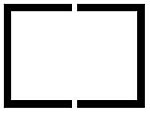
This is the most common setting for all digital cameras and is the default metering mode for cameras without matrix metering. Center weighted or average metering exposes for the entirety of the frame and not just one specific focal point (spot metering) or many focal points (matrix metering).
Center weighted or average metering is a good setting for portraits because, while the entire frame is considered in the metering, extra focus is given to the center of the frame helping to ensure that your subject is exposed for properly.
Take Control of Your Camera
When you understand how your camera is working you take better pictures. If you simply use full auto for every picture you are missing an opportunity to define yourself as a photographer. How you translate what you see with your camera is your photo language. It is your style. It is you.
You don’t live life on auto-pilot. You make decisions everyday about what you will eat, when you will eat, who you will eat with, what train to take and on and on. Point is, don’t get stuck in auto. Don’t let “the man” take pictures for you. (Break free from your camera manufacturer’s coveted secret photo algorithms!) Using your camera’s built-in metering methods brings you a step closer to Full Manual Control and will showcase the choices that define you as a photographer.
Power to your pictures!
Digital Photography Terms: Metering.
other articles you may enjoy
Camera and Lens Reviews
More from picture power
photography lesson plans pack
Return to Digital Photography Terms from Metering

